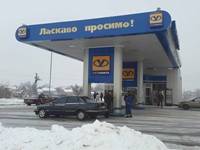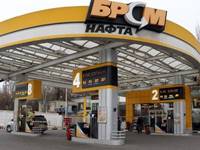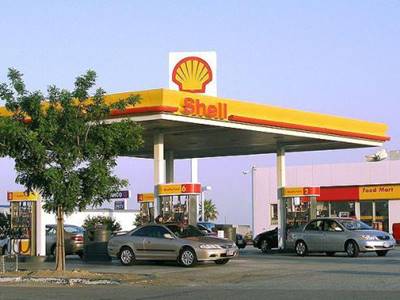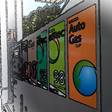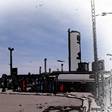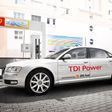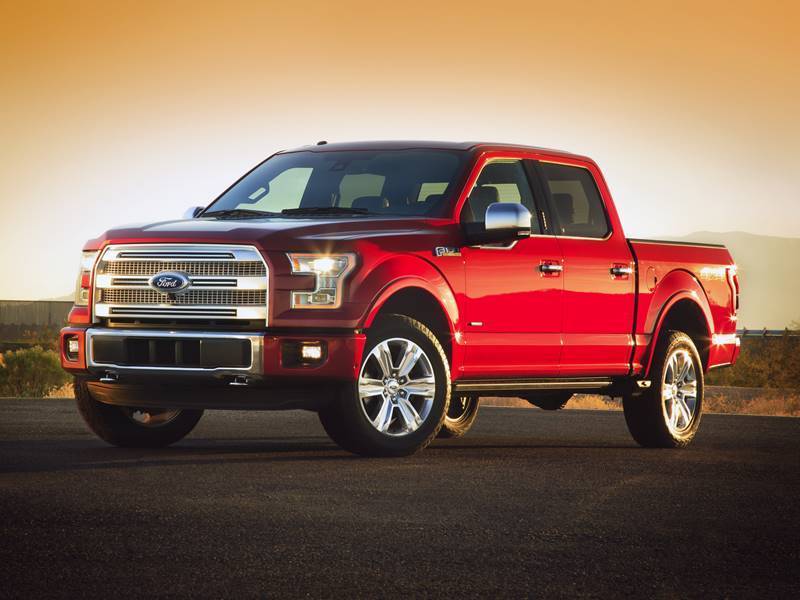Service Stations in the World with
LNG in the World in
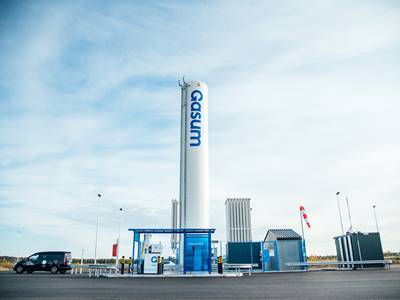
Before 2000, most of the world fleet of Natural Gas Vehicles was concentrated in Latin America. Despite being surpassed by Asia and Asia-Pacific, Latin America maintained strong growth in the number of LNG vehicles, growing from less than 1 million in 2000 to more than 4 million units in 2010, led by Argentina and Brazil. However, the LNG vehicle fleet has grown at a slower rate since 2010. Argentina has one of the highest LNG market penetrations in the world.
Its rapid growth of LNG was simulated by strong government support beginning in the early 1980s, especially through the adoption of the Liquid Fuel Substitution Program for natural gas in the public transportation sector. Added to this was the favorable price differential for natural gas over gasoline, partly thanks to government efforts to eliminate taxes and apply margin limits on natural gas sold to LNG stations.
With a fleet of more than two million units, Brazil substantially expanded its LNG fleet in the 1990s along with an increase in government-supported development of associated distribution infrastructure, such as gas stations , pipelines and conversion facilities. Although favorable natural gas prices supported the economic displacement of gasoline in Brazil, the natural gas price differential was less evident relative to ethanol, which to some extent led to slow market penetration of CNG after 2010 .
Within Europe, Italy is the largest and most developed LNG market, representing about 55% of the region's fleet. As part of the government's efforts to promote energy security through an active initiative to modernize the existing car fleet.
The number of service stations that offer LNG in the world is constantly growing, especially remarkable are the growths in Asia and the United States, as well as in Europe

